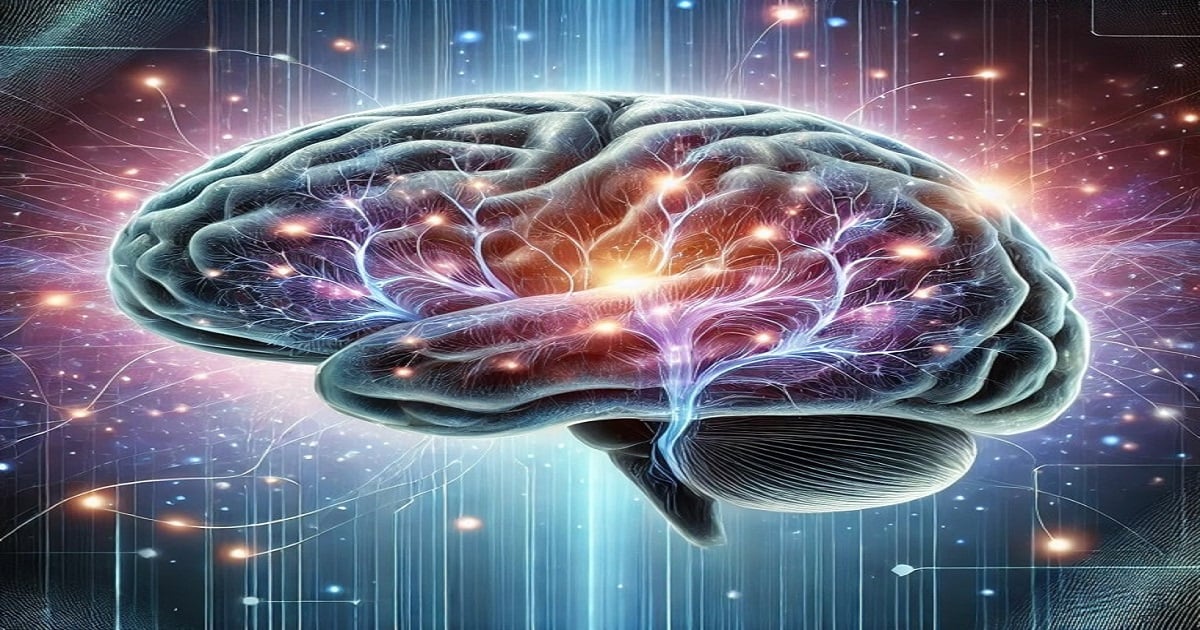Translational Advances in Neurodegenerative Dementias, Second Edition
Topic Information
Dear Colleagues,
Neurodegenerative dementias encompass a heterogeneous group of chronic conditions marked by progressive cognitive decline, ultimately leading to loss of autonomy and, eventually, death. The prevalence of these disorders is rapidly rising, posing severe social, economic, and healthcare challenges. Despite extensive research efforts, their pathophysiological mechanisms remain elusive. Furthermore, diagnosis and prognostic assessment are particularly complex due to their phenotypic heterogeneity. This Topic aims to bridge translational gaps by gathering the latest advances across multiple disciplines, including neurobiology, clinical neurology, neuroimaging, chronobiology, and innovative therapeutic strategies. Recent breakthroughs in genetics, neuropathology, neurophysiology, and non-invasive brain stimulation have provided novel insights into disease mechanisms and potential interventions. Sleep and circadian rhythm disturbances are also gaining recognition as key factors influencing disease progression. By integrating original research and comprehensive reviews from diverse yet complementary fields, this Topic seeks to provide a state-of-the-art overview of neurodegenerative dementias, fostering interdisciplinary collaboration to refine diagnostics and accelerate therapeutic innovation.
Dr. Francesco Di Lorenzo
Dr. Annibale Antonioni
Topic Editors
Keywords
- neurodegenerative diseases
- Alzheimer's disease (AD)
- frontotemporal dementia (FTD)
- Lewy body dementia (LBD)
- prion diseases
- noninvasive brain stimulation techniques (NIBS)
- chronobiology
- sleep
- biomarkers
